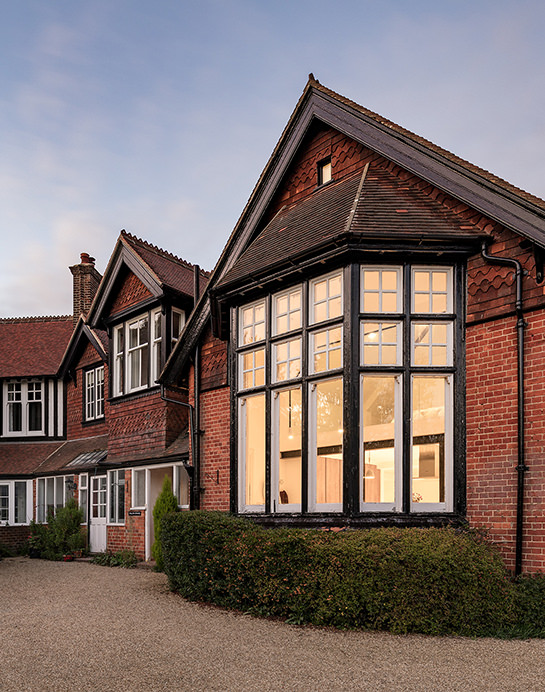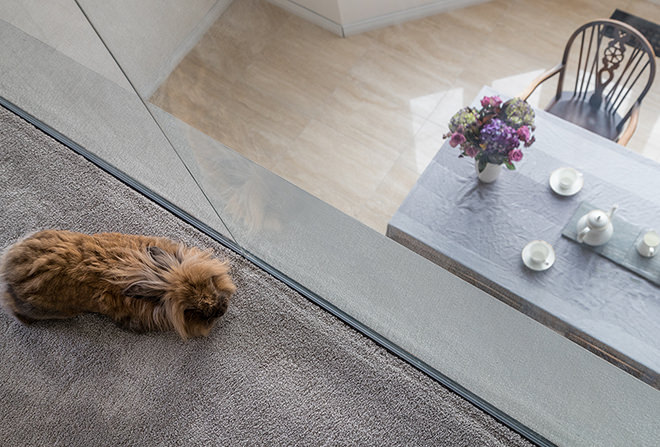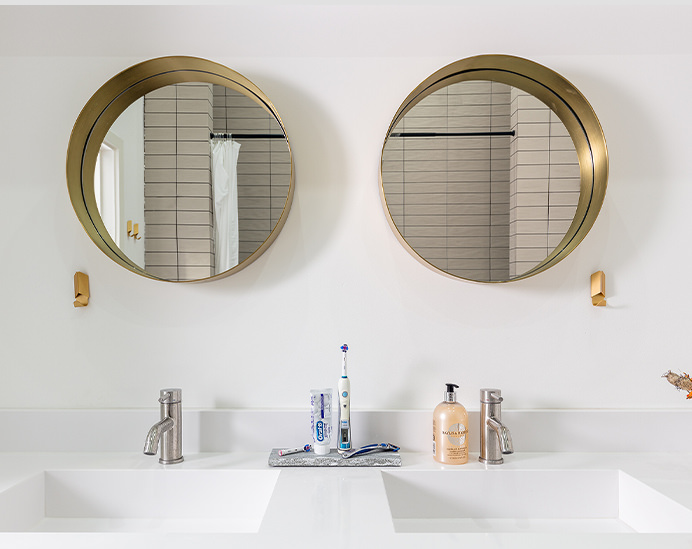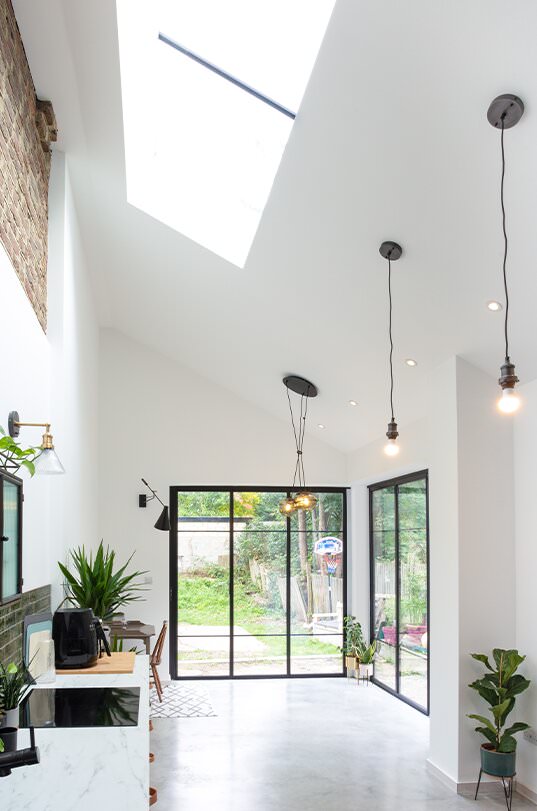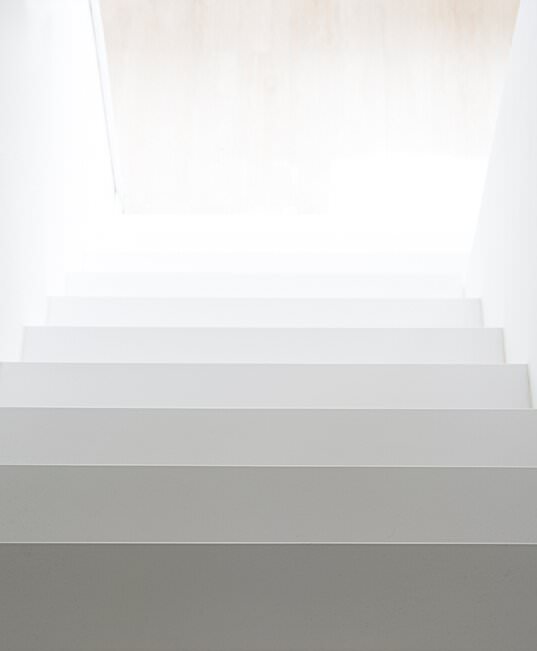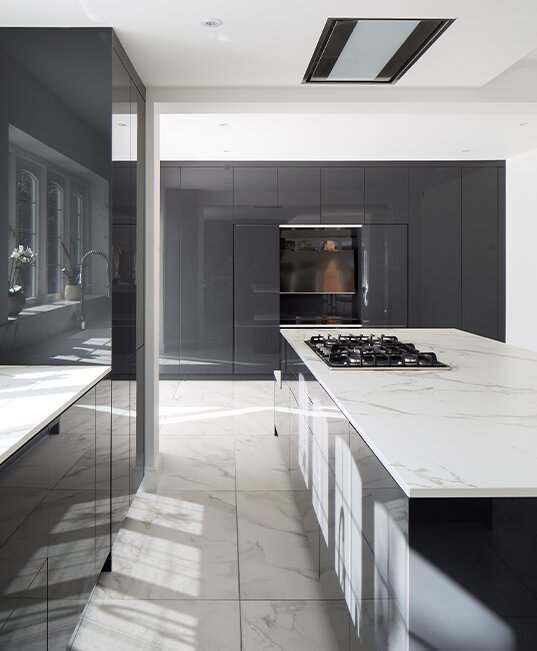CPD with Ibstock: Designing for Movement Joints
May 12, 2025
Masonry is a staple building material in the UK today.
Following the building material's introduction to British soil during the Roman era, its use during the middle ages resurged. During the Tudor and Stuart periods, brick was only used by the rich - but then was used as a ''poor man's stone", often covered by stucco or paint to emulate stone when there was a shortage of proper stone during the industrial revolution. Also, during this time, brick was used as the main building material for terraced houses for the emerging middle classes and to keep up with population explosions in industrial cities. In the Georgian era, the terraced houses were designed with symmetry and restraint to mirror classical Roman and Greek architecture. In the Victorian era, the use of brick wasn't limited to terraced housing but was also used for religious, commercial, industrial buildings as well as infrastructure (canals and railways): the pinnacle of the use of brick and the zenith of ornate brickwork decorations. Damages and debt from the Second World War caused the abandonment of smaller brick kilns, fuelling brick shortages and leaving a vacuum for new materials, like concrete, to become the go-to building material.
Now, brick has returned to being one of the prominent building materials. Production processes have been nearly completely mechanised, leading to almost 1,500 different types of brick. Approximately 50% of new buildings in the UK have brick facades.
Brick is such a pervasive construction material for multiple reasons:
• they are one of the strongest, durable and stable load-bearing building materials
• they are of standard sizes and easy to hold during construction
• they are produced through a highly mechanised processes, can be produced and bulk but also can be added to pre-fabricated panels before heading to site
• they are more insulative than concrete or stone, which lower energy costs for the development and thus are better for the environment
• highly customisable in aesthetics - there are multiple texture, colours, and sizes. They can be matched to existing bricks, and can be arranged in a diverse range of bonding patterns
• the brick manufacturing process is becoming more streamlined and less adverse to the environment through utilising alternative and renewable energy sources
• low combustibility, good acoustic properties, does not require coatings or treatments to protect them from weather or wear (low-maintenance, if not maintenance-free)
• intrinsically sustainable due to the fact they are made of natural materials (clay and water), and are re-usable and re-cyclable
Ibstock came to talk to us about choosing the right brick and the design considerations that must be made and accounted for when using brick
"Movement in buildings cannot be prevented, however we can design to accommodate movement and this is what we will explore".
Their presentation to us included a brief history of British construction: where brick and timber frames replaced wattle and daub constructions, the different material compositions of mortar through time, how the Victorians really exploited the structural capabilities of brickwork, and how modern brickwork compares. They also covered which factors make buildings and masonry walls susceptible to movement and the types of movement. In order to create buildings with masonry which can withstand movement, the industry standard solution is to either introduce movement joints or integrate bed joint reinforcements; Ibstock demonstrated the spacing of vertical joints, the width of movement joints, movement joint material composition and construction, navigating wall geometry with movement joints, where to place movement joints in long lengths of brickwork with a continuous number of openings, of short return walls, of curved brickwork, how to navigate movement joints at high and low levels, how movement joints may impact how a rain water pipe is affixed to the wall, and much more.
If you would like to contact them for a CPD please contact Richard Wilks at [email protected]. Their product details can be found at www.ibstock.co.uk.
One of our favourite projects using brick is Oaksbridge House! In this project we used handmade red multi bricks in three different courses: stretcher, soldier, and herringbone!
References:
https://heritagecalling.com/2024/01/04/the-history-of-brick-building-in-england/
https://www.modularclayproducts.co.uk/news/popularity-of-bricks-for-construction/
